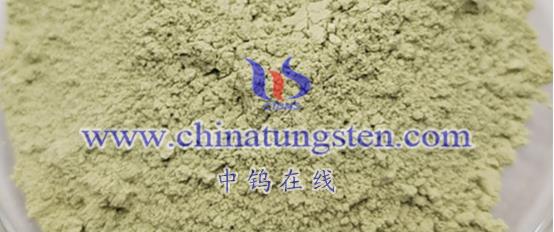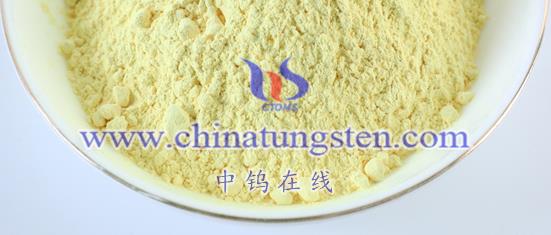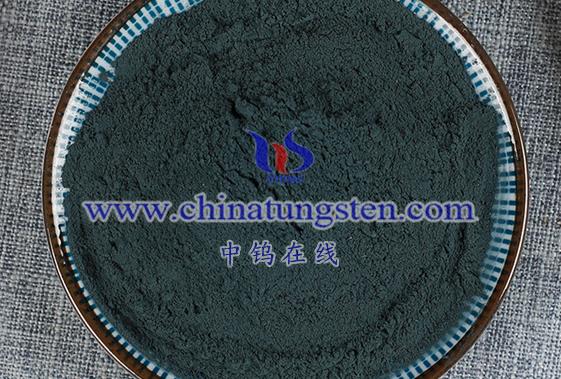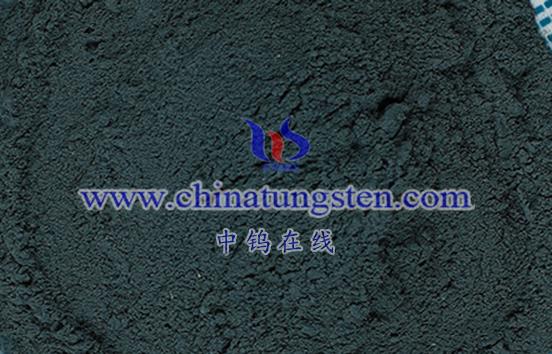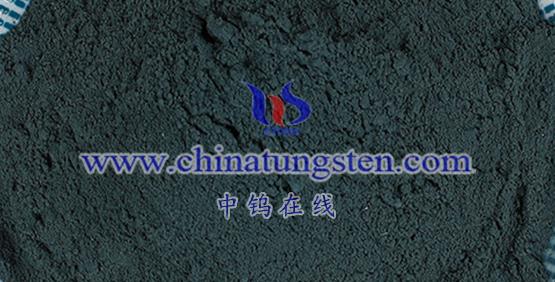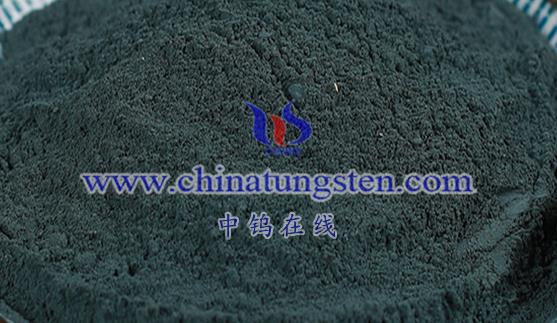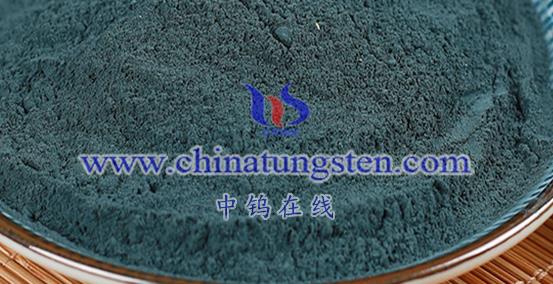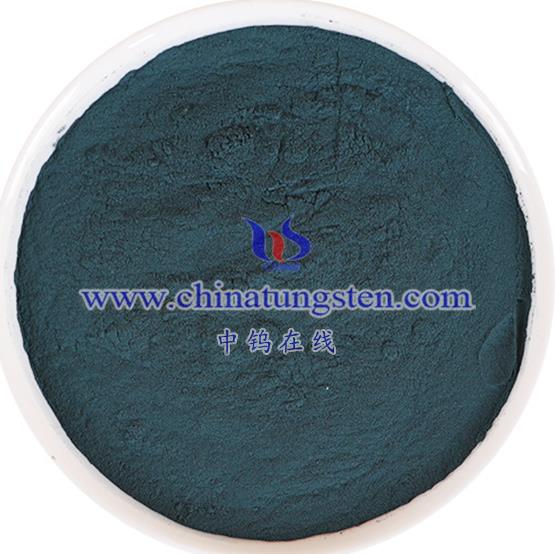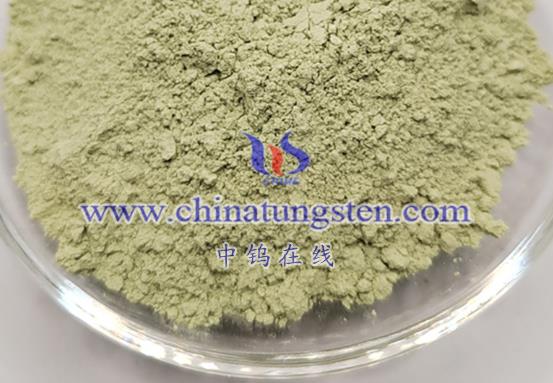
Surface modification significantly impacts the dispersion, stability, and interactions of nanostructured tungsten oxide (WO₃) with other materials. Below is a detailed analysis:
- Effects on Dispersion
- Improvement of Dispersion
- Mechanism: Nanoparticles tend to agglomerate in liquid media due to surface adsorption and repulsive forces. Surface modification can introduce surfactants, polymers, or other coatings that alter the physicochemical properties of the WO₃ surface, such as surface energy and wettability. This change enhances the repulsive forces between particles, reducing agglomeration and improving dispersion.
- Example: Polymer coating can create a stable shell around the WO₃ nanoparticles, preventing direct contact between particles, thus maintaining a well-dispersed state in solution.
- Enhanced Dispersion Stability
- Effect: Modified WO₃ particles exhibit more stable surface properties, making them less susceptible to external environmental factors (such as temperature, pH, and ionic strength) that could lead to agglomeration or sedimentation. This stability is crucial for the long-term storage and application of nanomaterials.
- Effects on Stability
- Increased Thermal Stability
- Mechanism: Certain surface modification methods (e.g., carbon coating, metal coating) can create a protective layer on the WO₃ surface that isolates the nanoparticles from direct heat exposure, thus enhancing thermal stability. This is particularly important for applications involving high-temperature environments.
- Enhanced Chemical Stability
- Effect: Surface modification can alter the chemical properties of the WO₃ surface, such as by introducing specific functional groups or changing the surface charge state. These changes can improve resistance to corrosion and oxidation, providing robust chemical stability for applications in harsh environments.
III. Interactions with Other Materials
- Improved Compatibility
- Mechanism: Surface modification can modify the wettability and polarity of WO₃ particles, making them more compatible with other materials (such as polymers, metals, and carbon materials). This enhanced compatibility facilitates the formation of stable composite structures, thereby improving the overall performance of the composite materials.
- Enhanced Interfacial Bonding
- Effect: Appropriate surface modifications can create strong interfacial bonds between WO₃ nanoparticles and other materials. For example, metal-coated WO₃ can form metallic bonds with metal matrices, while polymer-coated WO₃ can form chemical or hydrogen bonds with polymer matrices. Such strong interfacial bonding can enhance the mechanical properties and durability of the composite materials.
- Promotion of Functional Synergy
- Mechanism: Surface modification can facilitate synergistic effects between WO₃ and other materials. For instance, combining catalytically active WO₃ with conductive carbon materials can produce composites that exhibit both catalytic and conductive properties. Similarly, blending gas-sensitive WO₃ with metal oxides can yield gas sensors with higher sensitivity and selectivity.
Conclusion
Surface modification plays a crucial role in enhancing the dispersion, stability, and interactions of nanostructured tungsten oxide (WO₃) with other materials. By selecting appropriate surface modification methods and parameters, precise control and optimization of the properties of WO₃ can be achieved, meeting the demands of various fields for nanomaterials.
More details of tungsten oxide product, please visit website: tungsten-oxide.com
Please contact CHINATUNGSTEN for inquiry and order of tungsten oxide:
Email: sales@chinatungsten.com
Tel.: 86 592 5129595
